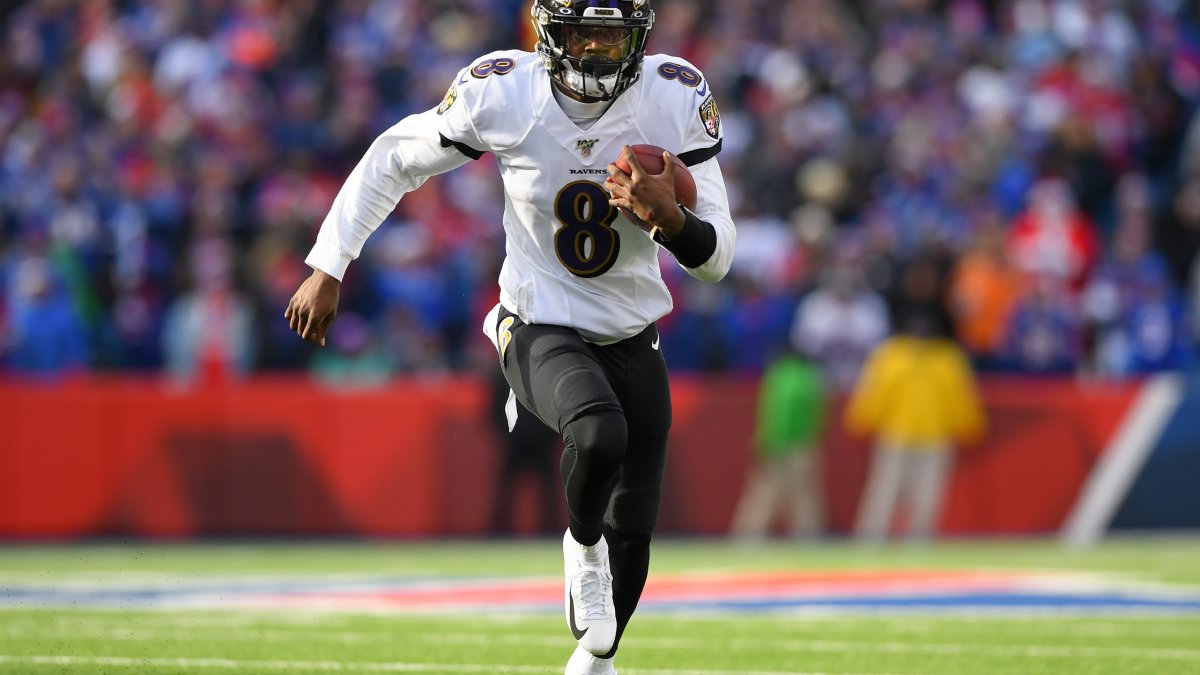The 2019 NFL season is almost 14 weeks in, and while many of the things we’ve pointed out over the last year (running backs are easily replaceable, coverage is likely more valuable than pass-rush, Mitchell Trubisky’s regression) have come to fruition, a surprising development has the Ravens sustainably atop the AFC North and in the thick of it for home-field advantage in the AFC: An offense focused on the running of quarterback Lamar Jackson.
Going into week 14, the Ravens were averaging an unbelievable 0.07 expected points added per run play, which was more than all but 11 teams were generating throwing the football (the Ravens are also first there). Precisely zero teams in the PFF era have generated a positive EPA on running plays over the first 14 weeks of a season, and only 28 teams in 14 years have managed a positive EPA on run plays during one full season.
A lot of this is, of course, is Jackson, who is leading the league in yards per rush attempt, generating over 0.12 EPA per run play on designed run plays (along with an outrageous 0.85 EPA on non-sack scrambles). However, Ravens run plays to running backs have been successful as well, with Mark Ingram II having a career year at age 30 (5.0 yards per carry, 0.11 EPA per attempt) and Gus Edwards building off of a great finish to his rookie year as his backup (5.1, 0.11).
This begs the question, do “running quarterbacks” make it easier for running backs to be successful on the ground?
Exclusive content for premium subscribers

WANT TO KEEP READING?
Dominate Fantasy Football & Betting with AI-Powered Data & Tools Trusted By All 32 Teams
Already have a subscription? Log in



 © 2025 PFF - all rights reserved.
© 2025 PFF - all rights reserved.